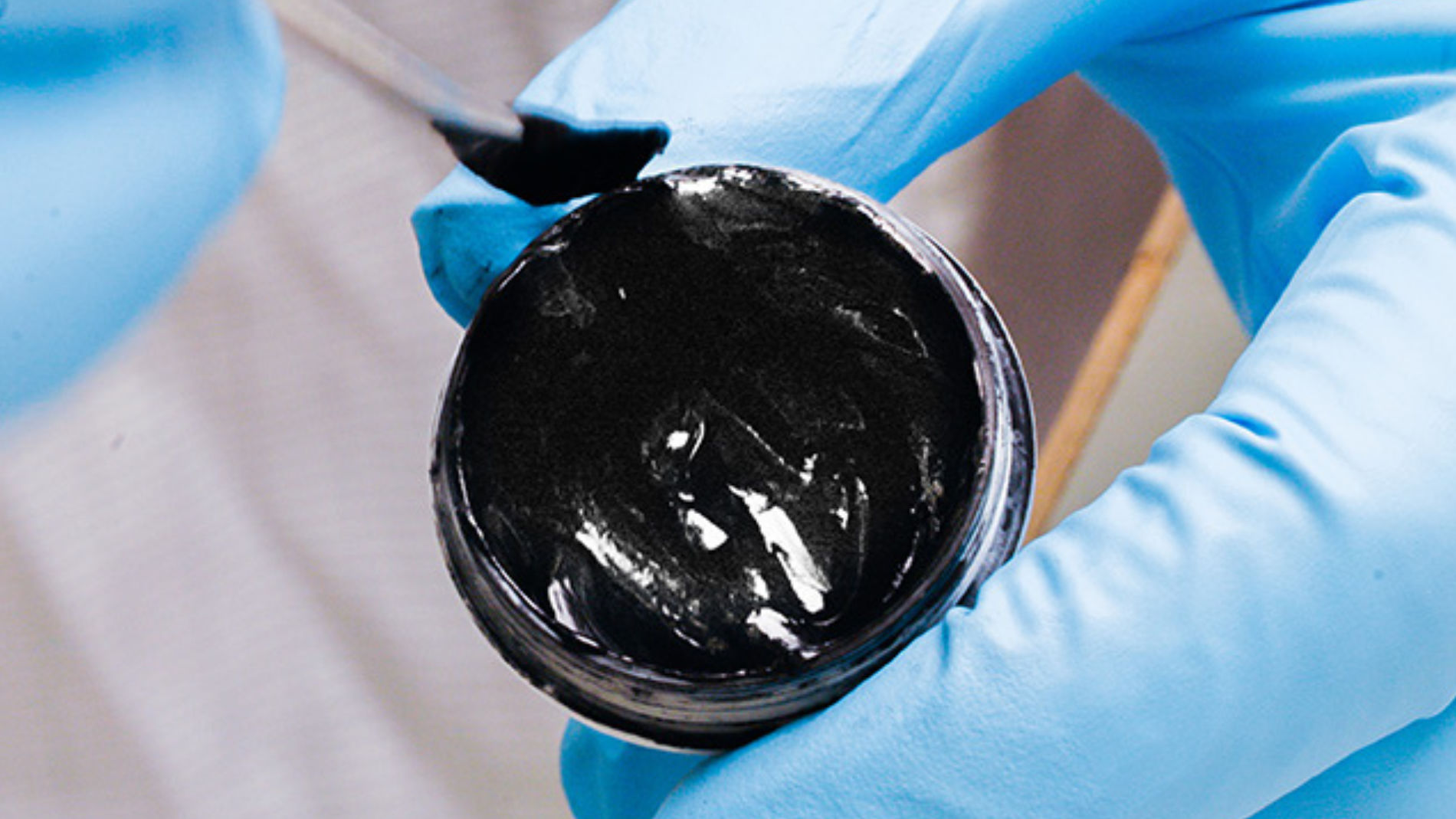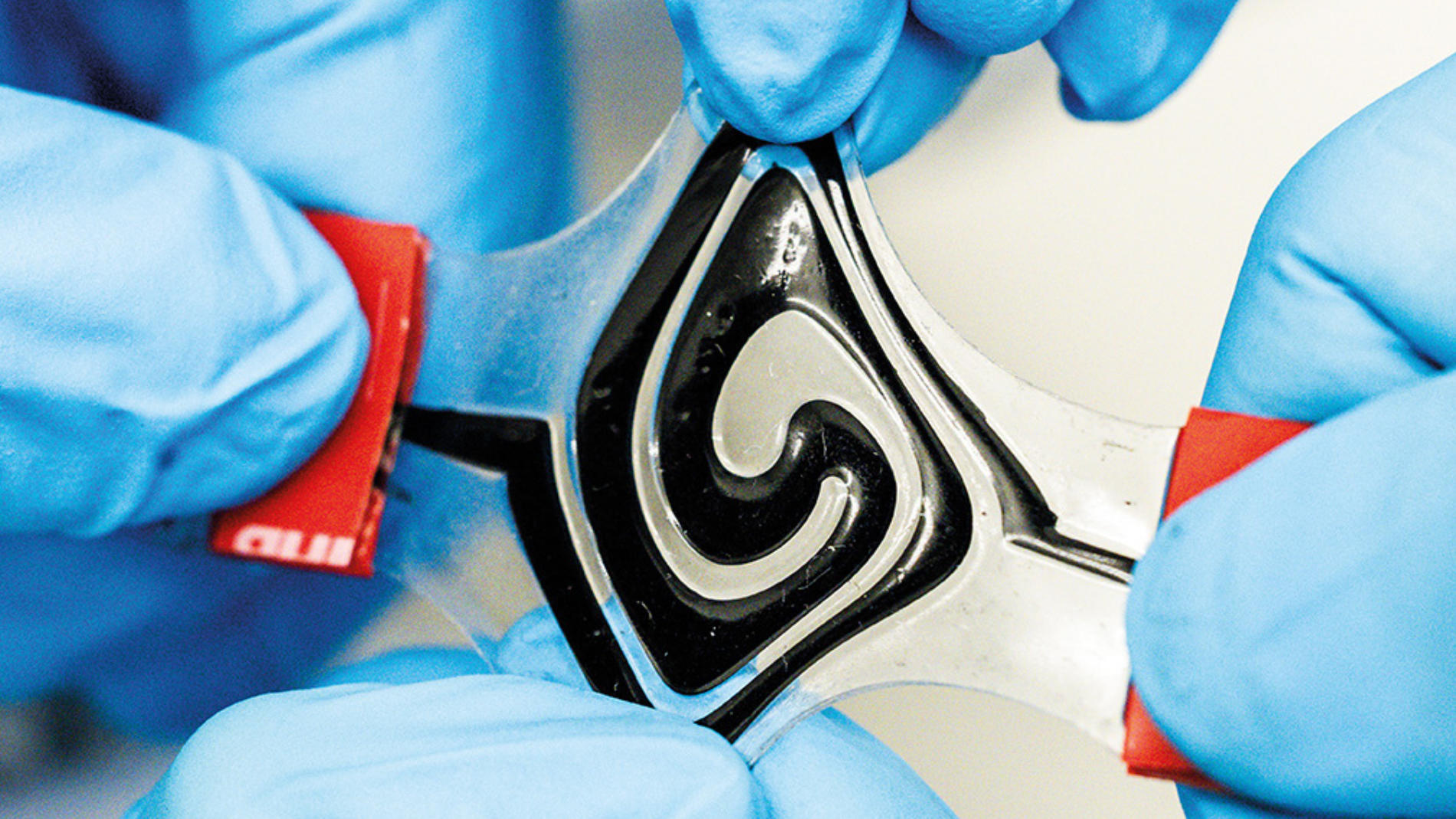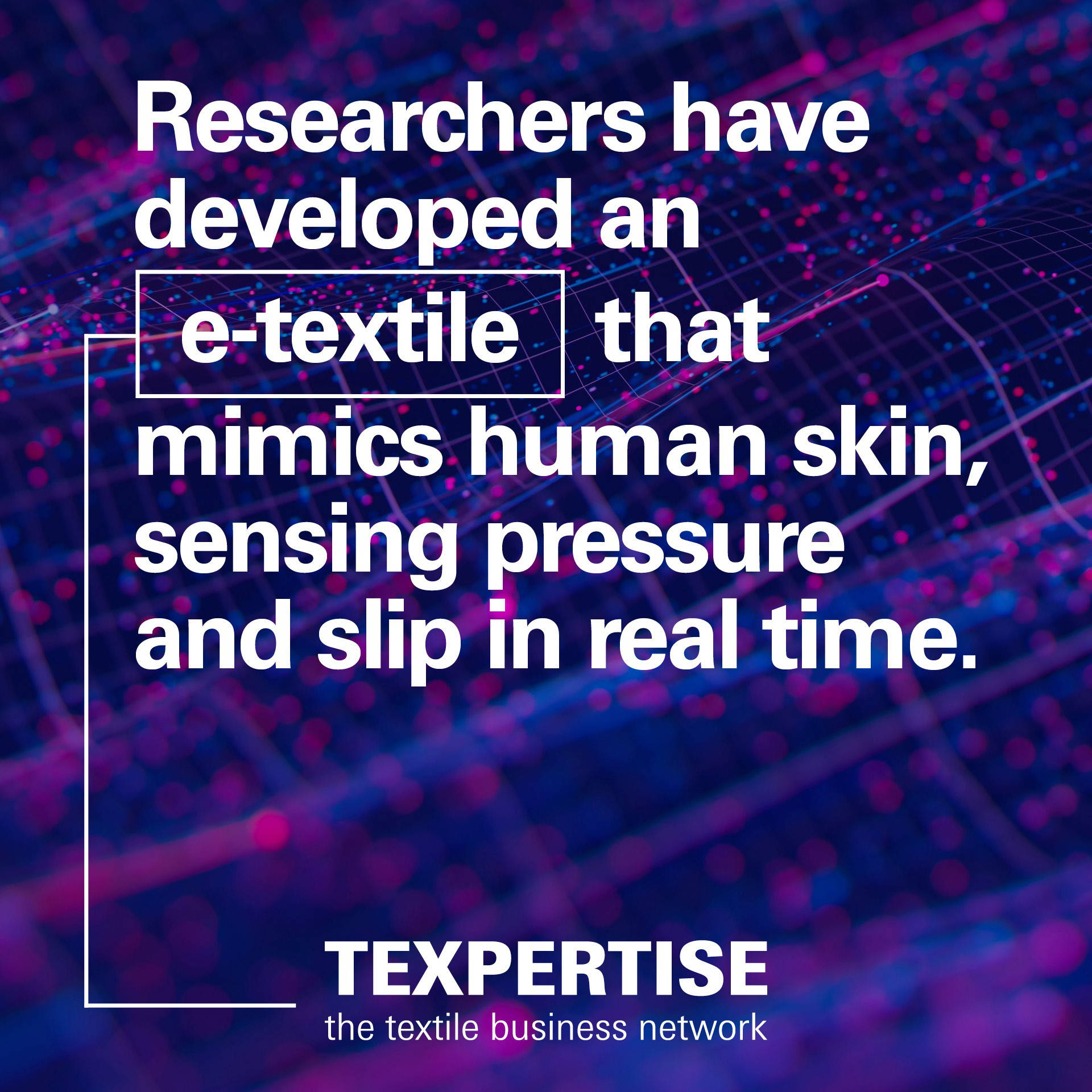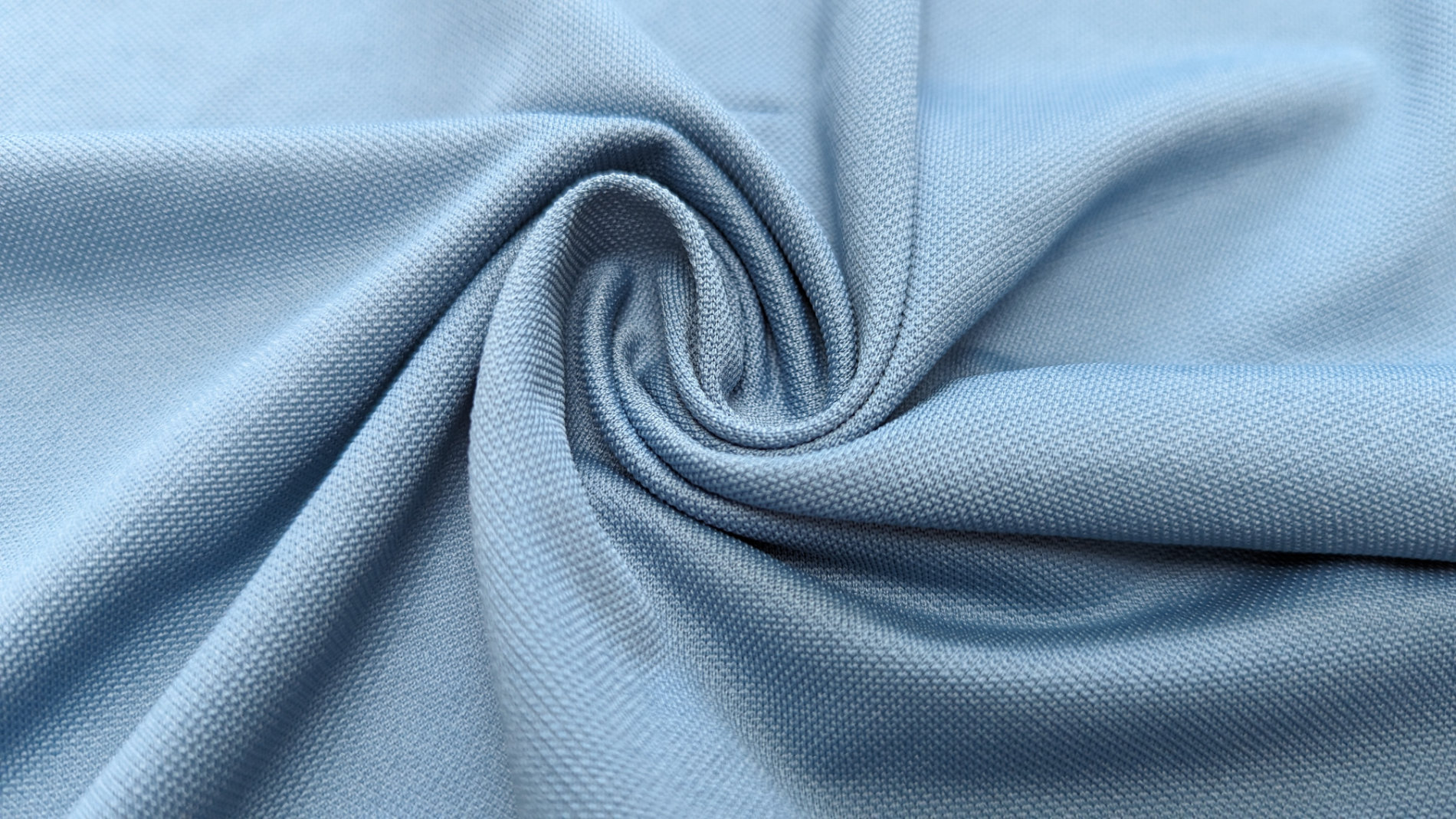Reading time: 4 minutes
Using electrodes in a fluid form, the team has created the “soft and comfortable” battery, which can be integrated into textiles. Publishing in the journal ‘Science Advances’, the team says the material can, for instance, be used in a 3D printer to shape the battery to your desire, paving the way for a new type of technology.
Aiman Rahmanudin, assistant professor at Linköping University tells us: “Most stretchable or wearable batteries today rely on solid components arranged in clever geometries serpentines, meshes, embedded islands in rubber or as composite with elastomers. These can stretch, but fundamentally capacity still scales with volume.”

The development of flexible batteries

As such the work undertaken by Rahumanudin and his colleagues at the Laboratory of Organic Electronics, shifts the paradigm by replacing solid electrodes with “redox-active fluids”, making the capacity independent from its mechanical properties. This, Rahmanudin says, opens the door to “seamless integration into garments without compromising softness or comfort”, enabling entirely new wearable form factors not previously possible.
Key to the team’s research was converting electrodes from a solid to a liquid form.
By using a fluid-based electrode system where energy-storing materials are dispersed in a “thick, paste-like electrolyte”, which Rahmanudin likens to the consistency of toothpaste, it acts as an active electrode and is inserted between soft separates and encapsulated in stretchable packaging.
This construction enables it to behave more like a textile layer than a solid device stitched onto garments.
These materials store and release energy through redox reactions, just like in conventional batteries.
As wearable technologies become more sophisticated in healthcare and e-textiles, Rahmanudin saw an opportunity and need for electronics to bend, stretch and move with the human body. However, batteries are one of the most rigid components.
“Our research was motivated by the need to rethink the battery’s design from the ground up, not just to make it stretchable but to make it flow,” he says. This is necessary, he explains, if we want to move beyond gadgets that strapped onto our bodies and toward embedded electronics such as smart shirts or therapeutic garments. As such, the energy source must conform to the fabric’s softness and flexibility.
“While we did not demonstrate their integration for textiles, our goal was to demonstrate the proof-of-concept of a fluid battery which could be broadly applied to a variety of wearable devices,” Rahmanudin adds.
The challenge to overcome

It is estimated that more than a trillion gadgets will be connected to the internet in 10 years’ time, according to Linköping University.
The university said in a press release, in addition to traditional technology this could involve such things as medical devices and sensors, plus in the long-term soft robotics, e-textiles and connected nerve implants.
One of the “major challenges” the team faced was in maintaining electrochemcial performance while using soft, deformable materials.
Rahmanudin explains: “When we transitioned to fluid electrodes, we had to carefully design the formulation to ensure the active particles remained well-dispersed, conductive, and stable during repeated movement and change cycles.”
“Another challenge was preventing fluid migration, which we addressed through encapsulation techniques and rheological tuning,” he adds.
However, since the electrode is a thick paste, the researchers have tested it for durability, to ensure it can tolerate stretching and mechanical strain without cracking. The batteries have not yet been tested for washability, but the long-term vision is seamless integration “where batteries can survive gentle cycles in smart garments”.
What’s next?
3D printing: “This allows for customised battery shapes that match the geometry of garment or body contours,” says Rahmanudin. “More importantly, 3D printing enables localised deposition of the battery where it’s needed, such as on a sleeve, collar, or even within a fibre bundle”.
The team is hopeful this would enable fully integrated power systems in textiles. Its long-term vision is to develop a complete platform for soft energy systems, from printable inks to fully integrated wearable batteries.
Additionally, the researchers have started to explore how to improve energy density and maximise the use of sustainable materials. Rahmanudin would like to collaborate with designers, engineers, and textile manufactures to push this innovation beyond the lab.
“It paves the way for next-generation smart clothing,” says Rahmaundin. “In fashion, it opens doors for light-up, shape-changing, or sensing garments without compromising comfort.”
Author: Abigail Turner, WTiN










